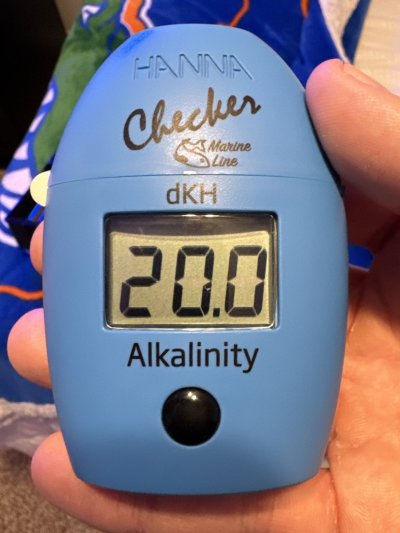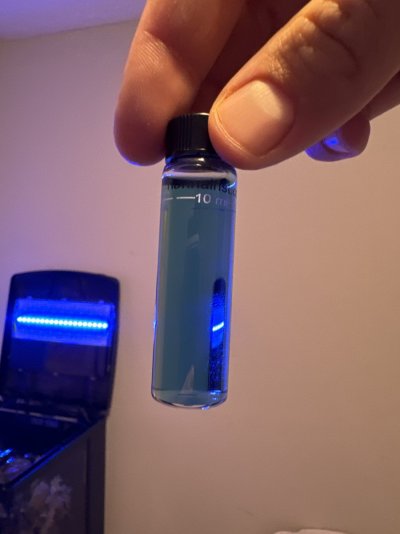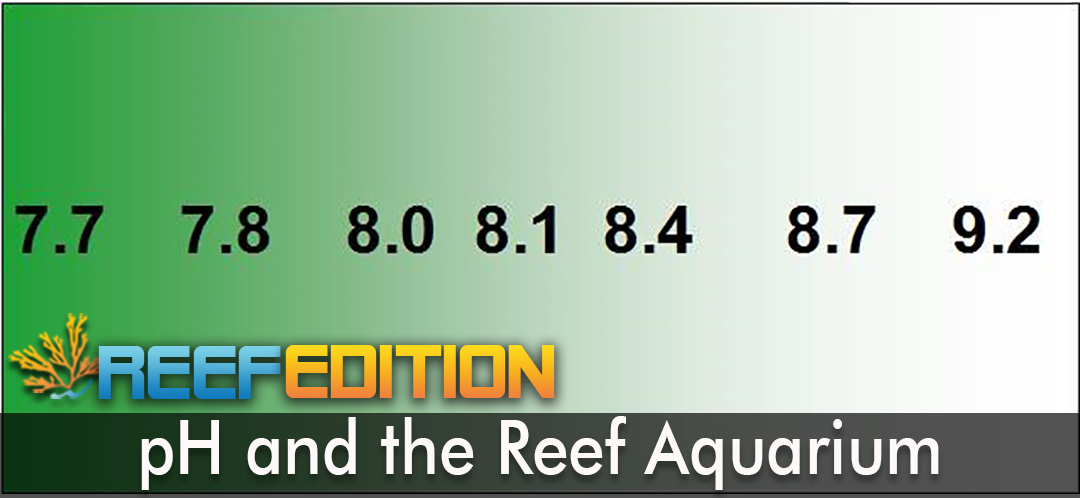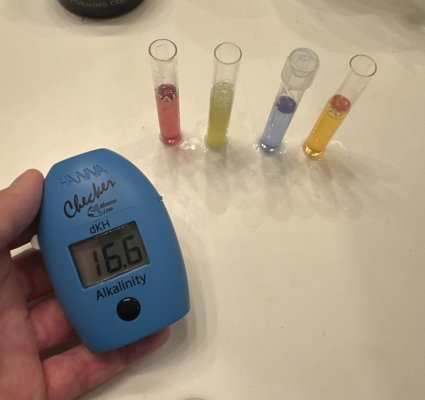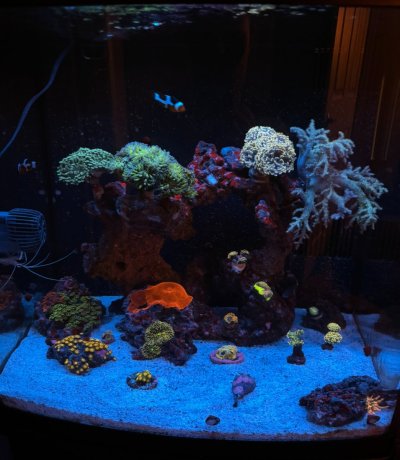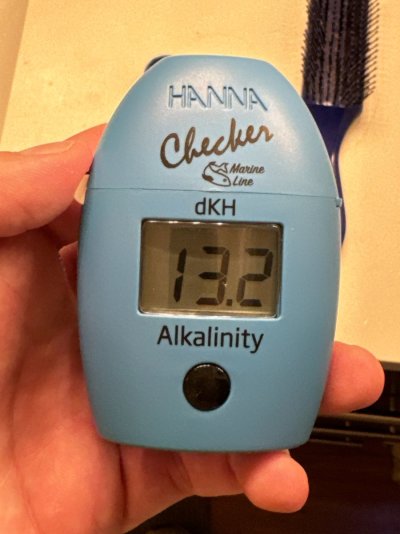I tested my water and my pH was 7.4, super low. My water is really clean, and I do 20% water changes every week with zero ammonia nitrite or nitrate (I recently started feeding heavier and adding reef roids to raise nitrates).
Is there anyway to raise my pH without adding a buffer? My alk was around 9.8 before adding buffer, and now it’s 20!! I’m doing a water change now to fix it, but what can I do next time? Thoughts on Aragonite media?
I do water changes with RODI water and Fritz RPM salt mix.
Is there anyway to raise my pH without adding a buffer? My alk was around 9.8 before adding buffer, and now it’s 20!! I’m doing a water change now to fix it, but what can I do next time? Thoughts on Aragonite media?
I do water changes with RODI water and Fritz RPM salt mix.





